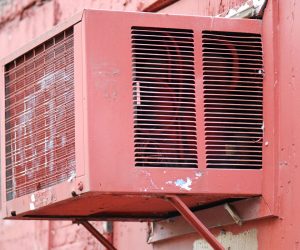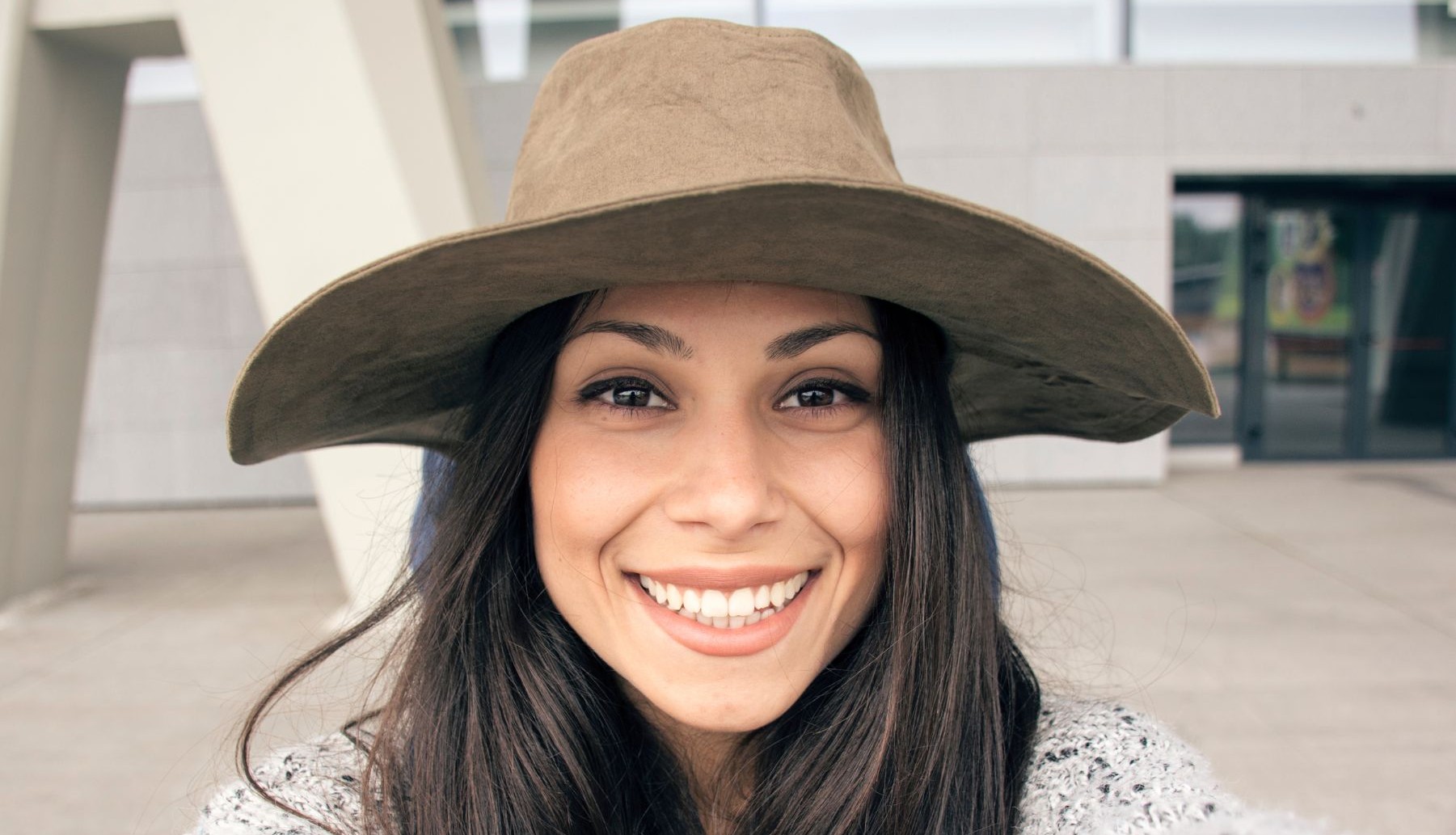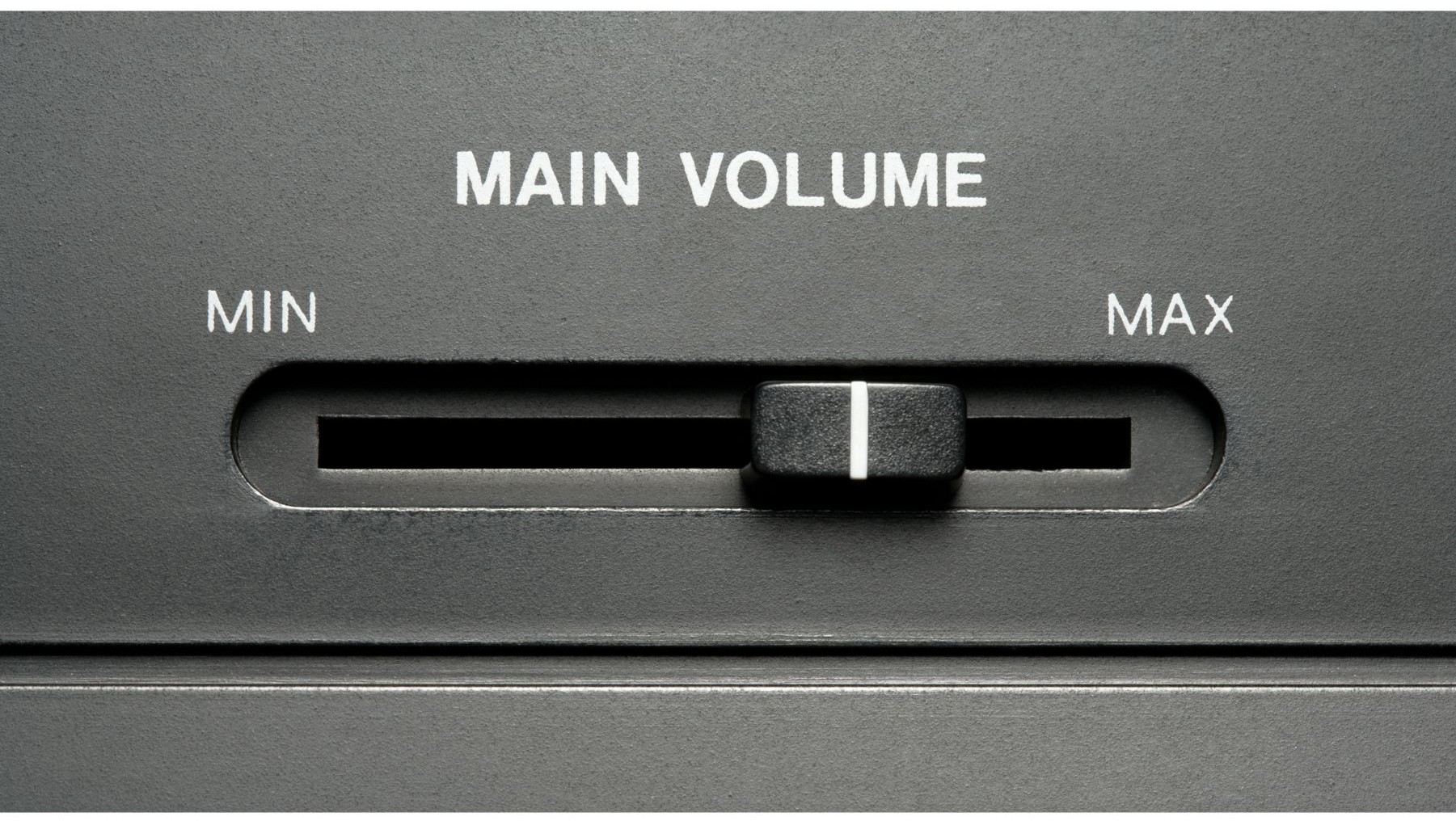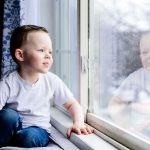A window air conditioner is one of the easiest ways to efficiently cool off a room.
But what happens when an unexpected summer rain hits and water starts pooling up in your window AC ?
It can be a pain to deal with, but fortunately, there are some things you can do to get the water out and keep it from happening again down the line.
Table of Contents
Window Air Conditioner Full of Water After Rain
| Key Point | Summary |
|---|---|
| Drain Hole Blockage | Most common cause of water accumulation. Regularly check and clear the drain hole to prevent blockage. |
| Improper Tilt | The AC should be slightly tilted backward (or level, depending on the model) to facilitate proper drainage. Incorrect tilt can lead to water pooling. |
| Preventive Maintenance | Regular cleaning and inspection of the unit can prevent issues related to water accumulation.1 |
| Professional Help | If water accumulation is accompanied by electrical issues or the unit stops working, seek professional assistance. |
| Weather Protection | Consider additional protective measures, such as weather shields, during heavy rainstorms. |
1.Getting the Water Out
The first thing to do is get the water out of the window AC unit.
And the first step to working with a window AC regardless of what kind of repair you’re doing on it, used to unplug it.
You don’t want to risk getting shocked especially when you are talking about dealing with water and electricity.
1. Locate the drain hole.
The drain hole is typically located at the bottom of the window AC. It’s designed to allow the water that is built up from condensation to have a place to drip out of.
2. Clear any debris
Since there is already a drain hole that should be allowing the rain water that has gotten into the air conditioner to drain out.
The logical first step is to make sure that the drain hole is clear and doesn’t have any debris.
You can remove any blockage that may have gotten in there, typically very easily with a pipe cleaner or small cleaning brush.
You can even use a Shop-Vac or air compressor If you want to go that far.
 3. Fix the tilt
3. Fix the tilt
If you clean out the drain hole and there is still water collected in the bottom of the AC, then the tilt of the air conditioner maybe slightly off.
Which basically means that the water is not running towards the drain and is puddling up somewhere.
Most window air conditioners are required to have a slight tilt towards the rear. It’s that tilt that provides a pathway for the water to run towards the drain hole.
But there are window ACs that require the unit to be completely level for the water to drain evenly out of the drain hole.
If you have the type of window AC that requires a tilt, The easiest thing is to use a level to get it square then let it fall to the rear till you get the bubble in the middle of the level to one side.
If you have a window AC that requires it to be completely level, use the same leveling tool to make sure the bubble is sitting directly in the center when you set it.
You should definitely check your manual to find out which type you have.
 Keeping the water out.
Keeping the water out.
Even though window air conditioners may not be completely waterproof, they are designed to withstand the elements.
And if there is a rainstorm with high winds, there is a chance that rain is going to get into your window AC.
But that in itself is not a problem.
So the best way to keep the water out of your window air conditioner is the same methods that you used to get the water out.
1. Remove anything that could be blocking the drainage hole on the bottom of the outside of the air conditioner.
2. Make sure the tilt is correct.
How much of a tilt? About 5° or when the bubble in the middle of the level is on one side of the center.
Other window air conditioners require that the air conditioner be completely level for the water to drain properly.
Check your manual to find out which one you have.
 Window Air Conditioner Not Working After Rain
Window Air Conditioner Not Working After Rain
When your window air conditioner stops working following a rainstorm, it’s crucial to understand the underlying causes for effective troubleshooting. Here are two common issues to consider:
Tripped Circuit Breaker
- Electrical Overload: A tripped breaker often indicates an electrical overload. If your AC unit, along with other appliances, is drawing more power than the circuit can handle, it may trip the breaker as a safety measure.
- Power Surges: During storms, power surges are common and can trip the circuit breaker. These surges can occur due to lightning strikes or fluctuations in the power grid.
- Inspect and Reset: Check your home’s electrical panel for any tripped breakers. If you find the corresponding breaker for the AC unit tripped, reset it. If it trips again, it’s a sign of an underlying issue that needs professional attention.
Water Intrusion
- What is Water Intrusion?: Water intrusion refers to the entry of water into parts of the AC unit where it can cause damage, especially the electrical components.
- How It Occurs: During heavy rain, especially if the unit is improperly sealed or installed, water can seep into the internal parts. This is more likely if the unit has gaps allowing water to enter or if the drain system is overwhelmed.
- Risks Involved: Water inside the unit can lead to short circuits or corrosion of electrical parts, which can cause the unit to malfunction or not start.
- Safety Measures: If you suspect water has entered the internal parts of the AC, it’s important to unplug the unit and avoid using it until it has been checked and cleared by a professional.
Steps to Take
- Professional Inspection: If your unit has stopped working after rain and you suspect either of these issues, the safest course of action is to seek professional help. A qualified technician can safely assess and repair any damage caused by water intrusion or electrical issues.
- Preventive Maintenance: Regularly inspect the seal and installation of your unit to ensure it’s protected against rainwater. Also, consider installing a surge protector to safeguard against electrical surges during storms.
Understanding these potential causes and taking the right steps can help you effectively address issues with your window AC unit after rain, ensuring its longevity and efficient operation.
 Advanced Electrical Checks and When to Call an Electrician
Advanced Electrical Checks and When to Call an Electrician
If your window air conditioner stops working after a rainstorm and you’ve determined that the circuit breaker has not tripped, there are a couple of additional steps you can take to diagnose the problem. However, remember that safety is paramount, and when in doubt, it’s always best to consult a professional.
Checking the Outlet
- Test with Another Device: To determine if the issue lies with the outlet, try plugging in a different, small appliance (like a lamp or a phone charger) to see if it works. This can help you ascertain whether the problem is with the AC unit or the outlet.
- Signs of Outlet Damage: Look for signs of damage or wear on the outlet, such as discoloration, a burnt smell, or visible sparks. These could indicate serious issues that need immediate attention.
When to Call an Electrician
- No Power from the Outlet: If other devices also fail to work when plugged into the same outlet, there might be an issue with the outlet or the wiring in the wall. This is a job for a licensed electrician.
- Recurring Breaker Trips: If the breaker for the AC unit trips repeatedly, this could indicate a more serious electrical issue, such as a short circuit within the AC unit or in your home’s wiring.
- Safety Concerns: Electrical work can be hazardous. If you have any concerns about your ability to safely perform these checks, or if you notice anything unusual like a burning smell or discolored outlet, it’s time to call in a professional.
Potential AC Component Issues
- Internal Damage: If the outlet is functioning correctly but the AC unit still won’t turn on, the issue may lie within the AC’s internal components. This could be due to water damage, electrical faults, or other malfunctions.
- Professional AC Repair: In this case, it’s advisable to have a professional HVAC technician inspect the unit. They can assess whether the unit can be repaired or if it needs to be replaced.
Conclusion.
Window Air Conditioner Full of Water After Rain
A window air conditioner full of water after rain comes down to a clogged drain hole.
Use a pipe cleaner or brush and clear out the drainage hole and the water should flow out naturally.
But if the water does not completely drain, there is probably an issue with how the air conditioner is tilted.
Most air conditioners are meant to be tilted so that the water has a clear path to the drain.
Some are meant to be completely level for the water to drain.
Check your manual to find out which one you have and proceed to fix your tilt
FAQs: Window AC and Water Accumulation After Rain
- 1. Why does my window AC fill up with water after rain?
- – Water accumulation usually occurs due to a blocked drain hole or incorrect tilting of the AC unit.
- 2. Where is the drain hole located on a window AC?
- – The drain hole is typically found at the bottom or rear of the unit and may be small and recessed.
- 3. How should a window AC be tilted for proper drainage?
- – Most units should be slightly tilted backward, but some models require being level. Check your manual for specific instructions.
- 4. Can rain damage a window air conditioner?
- – While AC units are built to withstand elements, excessive water from rain can cause issues if the unit isn’t properly maintained.
- 5. Is it safe to run a window AC during a rainstorm?
- – Yes, it’s generally safe, but ensure that the unit is properly installed and the drain hole is clear to prevent water accumulation.
- 6. What should I do if water accumulates in my AC after rain?
- – Turn off the unit, check for a clogged drain hole, and adjust the tilt. If problems persist, consult a professional.
- 7. How can I prevent my window AC from filling with water?
- – Regular maintenance, ensuring correct installation and tilt, and keeping the drain hole clear are effective preventive measures.
- 8. What are the risks of a window AC unit getting full of water?
- – Water accumulation can lead to electrical issues, reduced efficiency, and in severe cases, damage to the unit.
- 9. Can I clean the drain hole of a window AC unit myself?
- – Yes, you can usually clean it using a small brush or pipe cleaner to remove debris.
- 10. My AC stopped working after a heavy rain. What should I check first?
- – First, ensure it’s unplugged, then check for a tripped breaker or water in the unit. If unsure, contact a professional.



 Window Air Conditioner Not Working After Rain
Window Air Conditioner Not Working After Rain Advanced Electrical Checks and When to Call an Electrician
Advanced Electrical Checks and When to Call an Electrician





